Malaysia is a multicultural country and we are proud of it. That is because regardless of our religions, cultures and believes, we are able to live together in harmony.
Malaysia consists of multiple of ethnic groups. The 3 largest groups are Malays, Chinese and Indians. Today, I would like to introduce Kenyah, one of the ethnic group in Sarawak. I am a Kenyah and am proud of it.
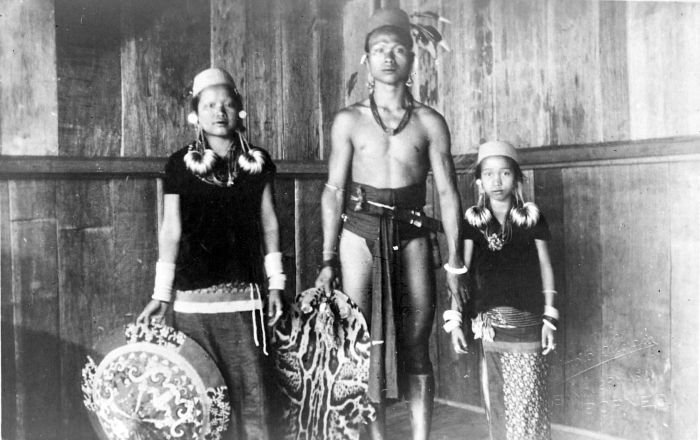 By Tropenmuseum, part of the National Museum of World Cultures, CC BY-SA 3.0, https://commons.wikimedia.org/w/index.php?curid=8608317
By Tropenmuseum, part of the National Museum of World Cultures, CC BY-SA 3.0, https://commons.wikimedia.org/w/index.php?curid=8608317

Background
Kenyah people, also known as “Orang Ulu”, are the indigenous people of Borneo. They live mostly in the remote Baram, Sarawak and East Kalimantan in Malaysia and Indonesian sections of Borneo respectively.
My dad is a Kenyah from Tubau, Bintulu, Sarawak, whereas my mom is a Kenyah from Baram, Sarawak.
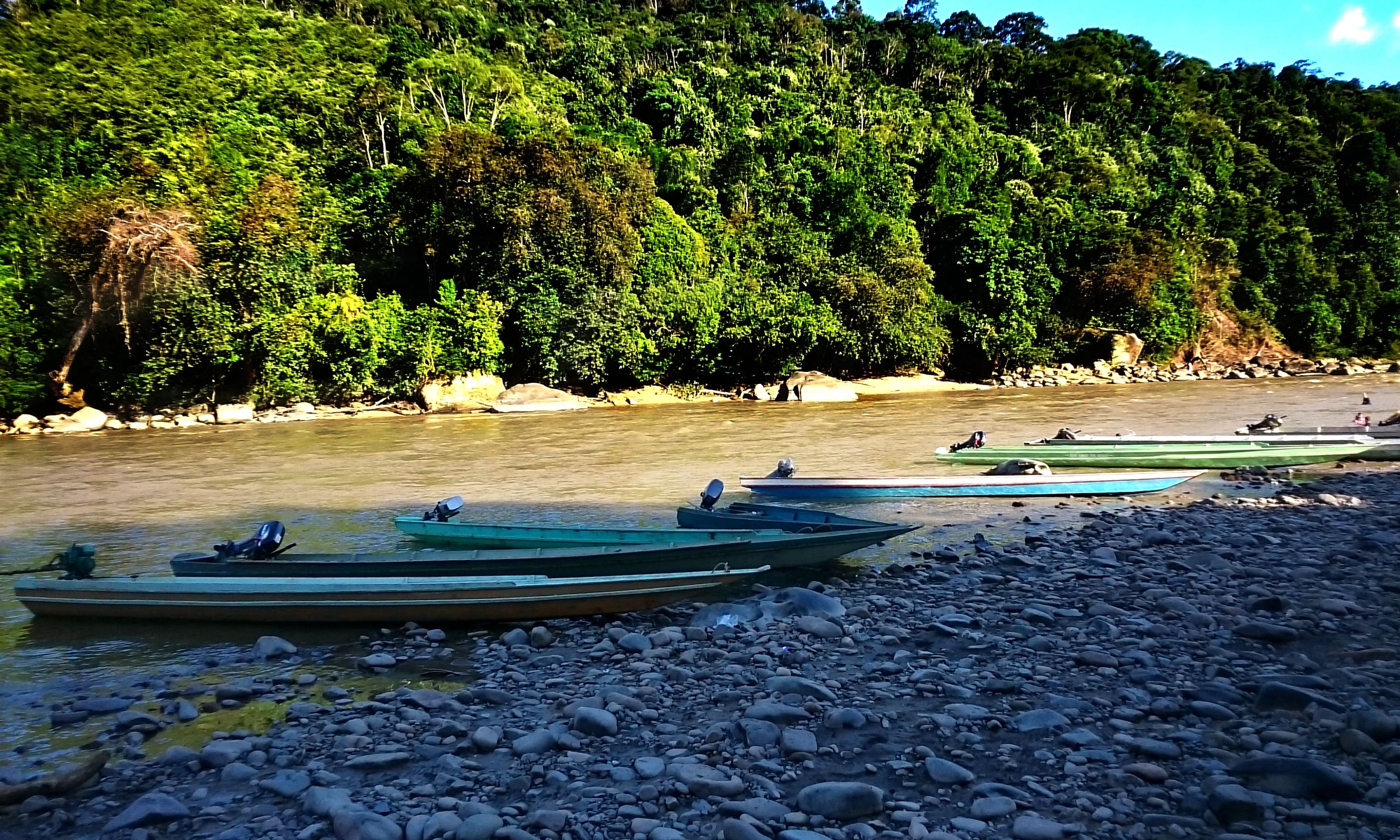
This river is located just in front of my mom's longhouse in Baram

Language
The Kenyah languages, called Kenyah, are a small family of Austronesian languages. Kenyah is a dying language, spoken mostly between the elders.The younger generation, however, have mixed Kenyah with Malay language and some English. Since Kenyah is divided into different tribes, each tribes speaks different dialects. As for me, I can understand both my mom's Kenyah (Long Selatong Lepo' Gah) and my dad's (Long Unan) but can only speak my mom's Kenyah. (mixing it with a looot of Malay language and English 😅 )
Here are some simple Kenyah (Long Selatong) words:
I -- Akek
You -- Ikok
Eat -- Kuman
Sleep -- Lurok
Mom -- Uwek
Dad -- Amai

Religion
Before the arrival of Christian missionaries, the Kenyah people practice a traditional form of animism called the “Bungan faith”. However, today only small number of Kenyah People who still practice the Bungan faith.
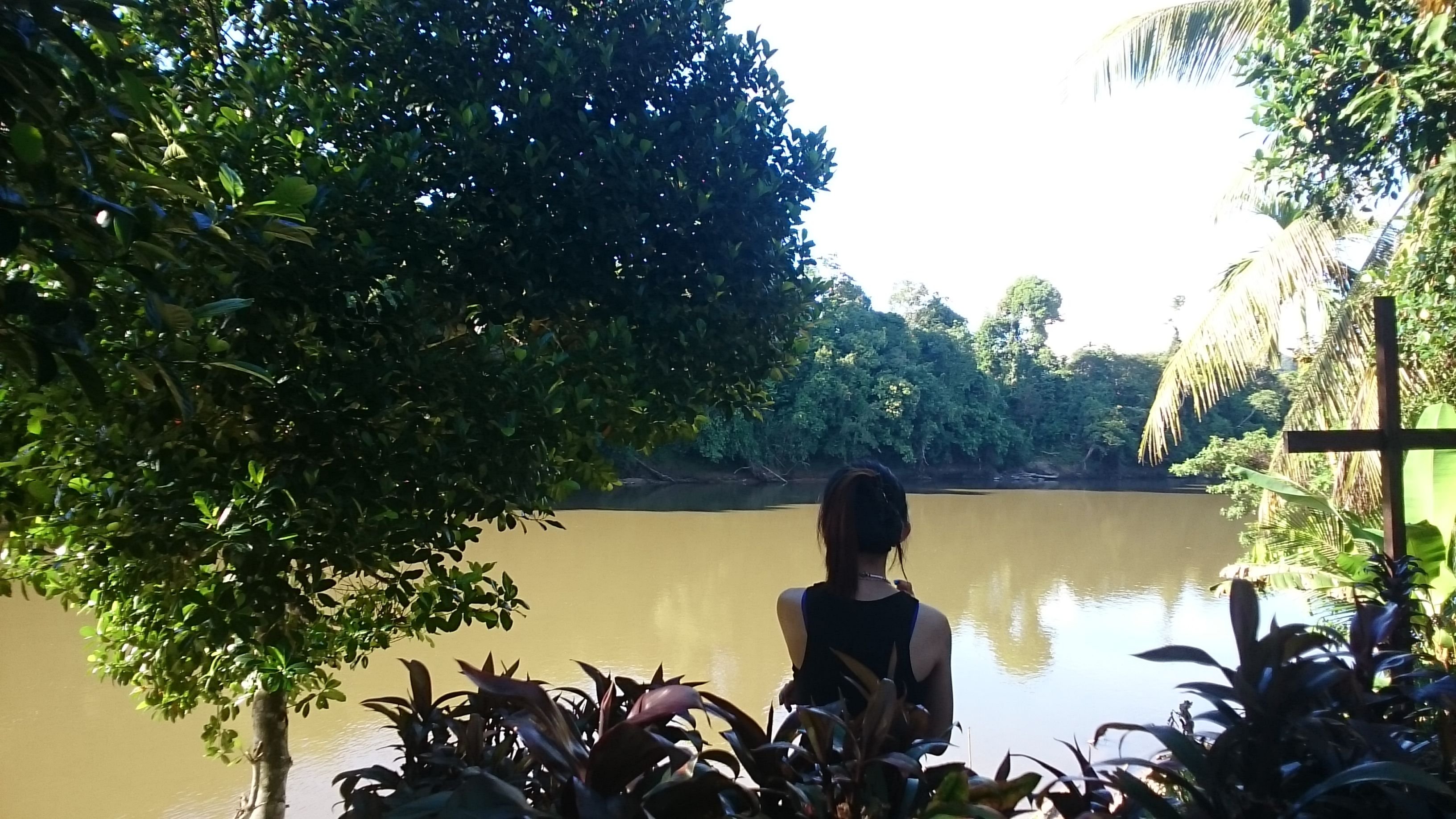

Culture
Back in the days, the Kenyah people were traditionally agriculturalists and hunters. Even today, My grandmother still plants rice, fruits and veges, whereas my uncles still hunt for wild boars and deer in the jungle.
My grandmother also still lives in longhouse. The younger generations, however, had migrated into the cities, only going back to the village, once in a while. Each longhouse consists of families who choose their own leader (headman). On special events or celebrations, such as harvest festival, Christmas or traditional weddings, they will normally gather at the verandah.
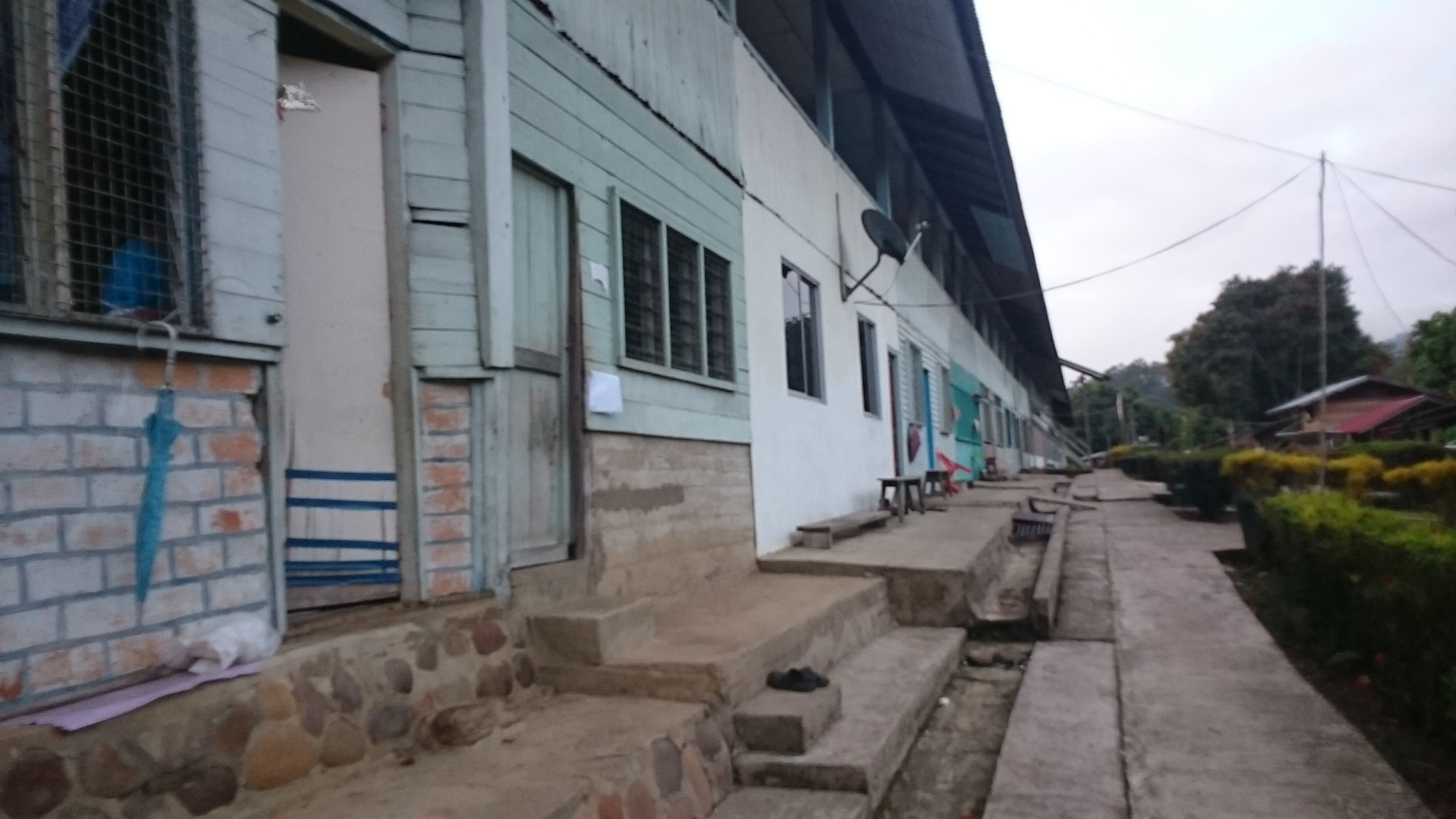
This is the front view of my longhouse
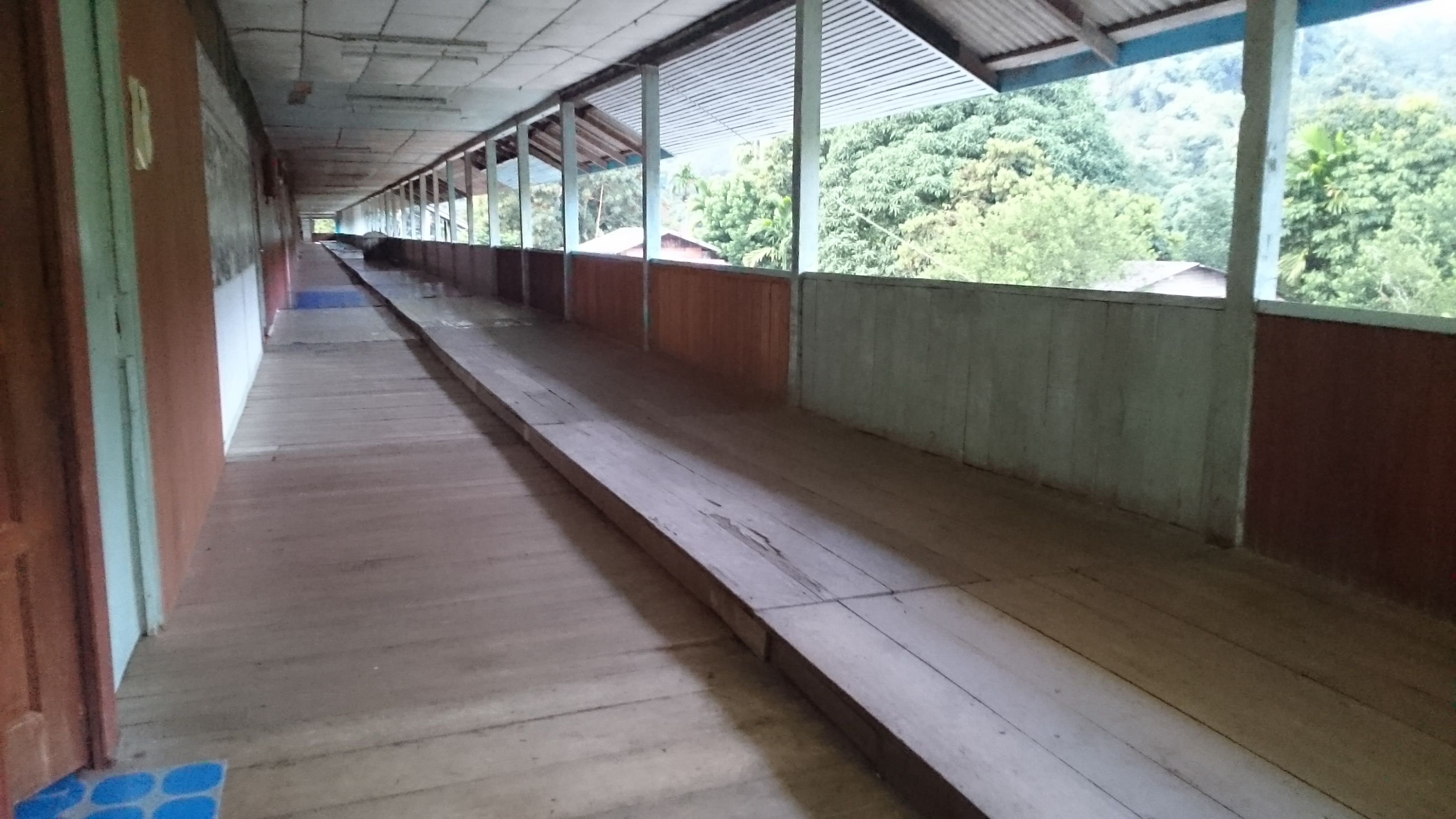
Our empty verandah
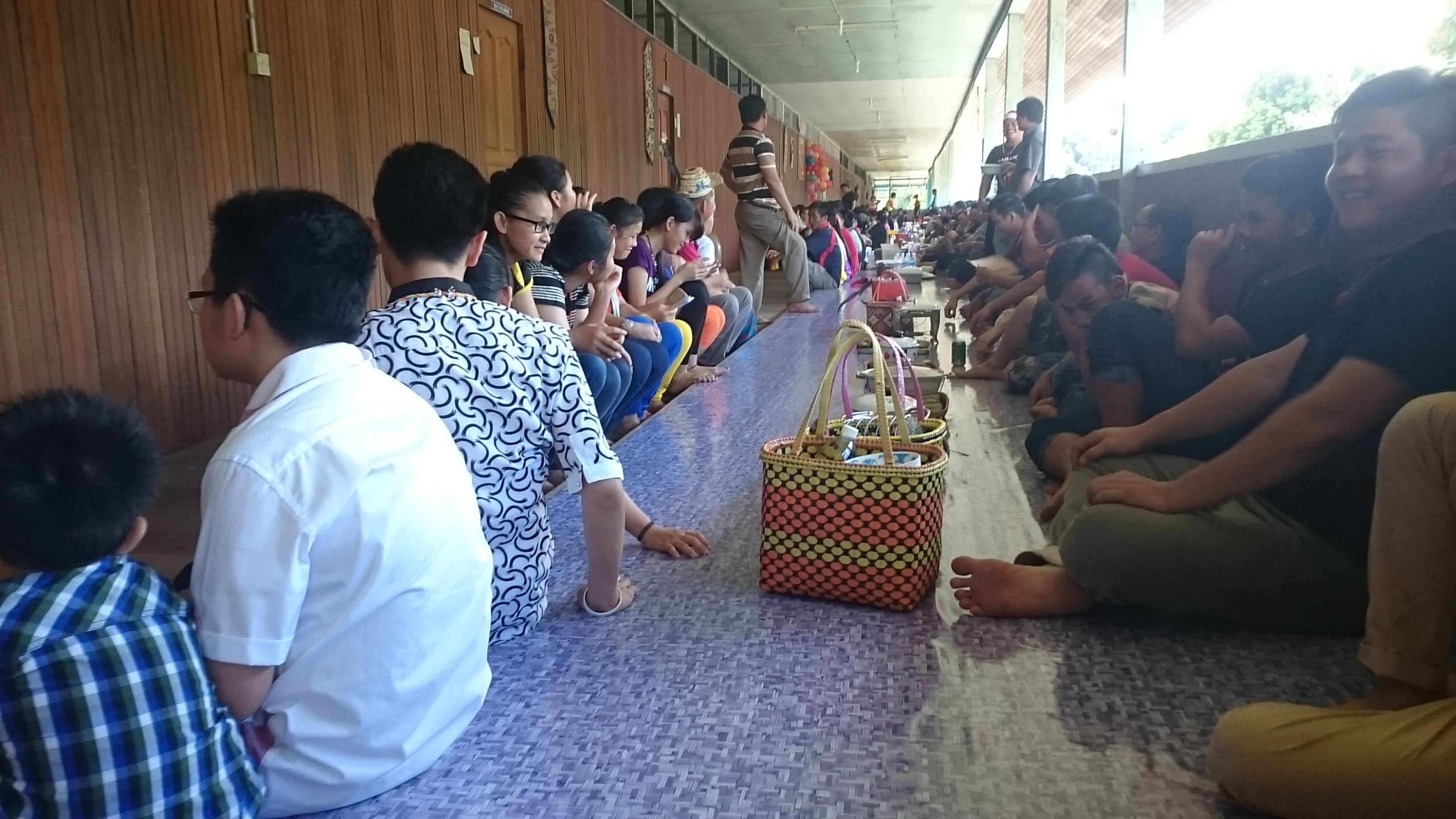
On Christmas Day, all the villagers will gather at the verandah and have their lunch together

Music
Kenyah people composed their own songs and melody such as Lan E Tuyang, Leleng leleng. Popular traditional Kenyah musical instruments is sape. A sape costs more than RM 480.
I'll also use this opportunity to link a Sape song by Uyau Moris, a Dayak Kenyah from North Borneo Indonesia.

This sape is used to accompany Kenyah's traditional dance.
 I will be posting more about Kenyah in the future. About our culture, handicrafts, traditional costumes and so on. I hope to let people know more about my culture and Kenyah in general.
I will be posting more about Kenyah in the future. About our culture, handicrafts, traditional costumes and so on. I hope to let people know more about my culture and Kenyah in general.
Thanks for taking the time to read my post. I hope you like it and if you do, do give a thumbs up!!
 P/S: All pictures are taken by me with my Sony Xperia Z Ultra unless stated otherwise
P/S: All pictures are taken by me with my Sony Xperia Z Ultra unless stated otherwise
With Love,
Vael Riey









